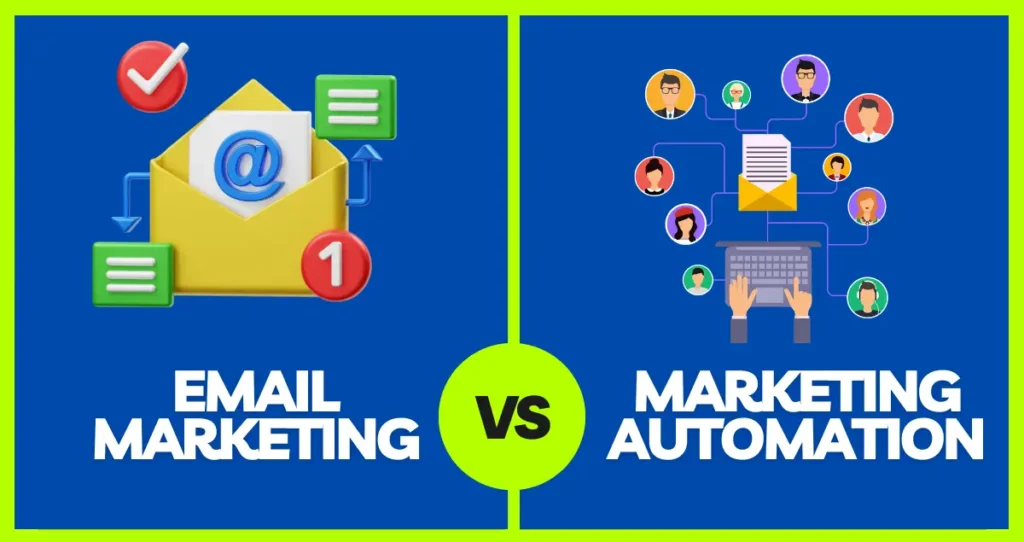In this fast-paced advertising world, understanding the ten types of media buying is essential for business establishments. Media buying includes using media plans to acquire advertising inventory in different media to find the right customers. Each type of media buying has its advantages, whether targeting a broader audience or a smaller, specific audience segment. This article will dissect media buying and how to use it to increase your marketing potential.
What Is Media Buying? And Why Does It Matter?
Media buying is the process of advertising on media spaces such as the Internet, newspapers, television, and radio. Businesses need to consider their target audience, budget, and campaign goals. The objective is to enhance awareness so business entities gain better market exposure while selling their products.
In every organization, selecting the correct type of media buying is crucial. Thus, ensuring that your budget is appropriately spent achieves maximum returns on investment (ROI).
The 10 Types of Media Buying:
While many kinds of media buying, each has a specific role. Some are most suitable for creating general awareness of a brand, while others are best suited for appealing to particular target markets.
1. Traditional Media Buying:
The traditional method of buying media involves acquiring space on television, radio, newspapers, and magazines. This method helps target large audiences in business and mass marketing communication initiatives, particularly with a broad consumer base.
2. Programmatic Media Buying:
Programmatic media buying involves an automated system to purchase advertisement placements. This method uses real-time data and algorithms for the right audience across social media platforms, delivering the highest reach for your advertising budget.
3. Direct Media Buying:
The business organization directly contacts the publisher or media owner in direct media buying. This type of buying allows for greater control of placement, pricing, and stock of products. Direct media buying also makes it easier to have transparency and better control of negotiations.
4. Real-Time Bidding (RTB):
Real-time bidding belongs to the auction-based media buying techniques, allowing advertisers to bid for ad inventory in real time. RTB helps buy ad spaces at low rates depending on users’ demography and time of day. It is also much cheaper than other traditional media for purchasing digital ad spaces and helps the company reach out to many targeted consumer segments.
5. Private Marketplaces (PMP):
Private marketplaces are specific ad placements that only a few buyers can access. The advantage of this method is that it offers the best advertisement placements, which are usually expensive for advertisers.
6. Social Media Buying:
Social media buying refers to ads on social media marketing sites like Facebook, Instagram, LinkedIn and Twitter. Social media platforms provide businesses with lots of audience data to help implement selection and targeting. It is very appropriate for companies to sell their products directly to customers.
7. Influencer Marketing:
Influencer marketing is a form of media buying whereby the business partners with influencers to market their products or services. Influencers have loyal followers who trust their recommendations, making this a powerful tool to increase brand awareness, particularly in the fashion, beauty, and lifestyle sectors.
8. Search Engine Marketing (SEM):
SEM uses paid advertisements that appear on search engines. SEMs enable businesses to reach users who are in the process of searching for information relevant to the business’s keywords. It is a very effective way to attract website visitors, obtain leads, and make sales.
9. Video Media Buying:
Video media buying means placing advertisements in video formats on platforms like YouTube or TikTok. Video advertisements are comprehensive and convey your brand message more interestingly than other ads. Whether the business aims at a constituent pre-roll advertisement, mid-roll advertisement, or containing a content advertisement, video buying opens up the audience to them.
10. Native Advertising:
Native advertising is a form of media buying that involves integrating ads into a page to make the advertisement seem natural. Unlike other ads that interrupt the platform’s content, these ads mimic the content; hence, they do not interrupt customers but engage them. Native ads are incorporated into content, appearing in article content, social media news feeds, or an application’s feature.
How to Choose the Right Type of Media Buying for Your Business:
Selecting the form of media buying is significant because it depends on the goals the company assigns and its budget, as well as the target group of consumers. Here are a few considerations to keep in mind:
- Business Goals: Do you want your market presence or business leads? The different approaches in media buying best achieve various objectives.
- Target Audience: Choose the right platform based on your audience behavior. For example, social media is best for the younger generation, while traditional media will be effective for the older generation.
- Budget: Some media buying methods are more cost-effective, such as programmatic buying, which can be cheaper than traditional media advertisements.
Key Benefits of Media Buying:
Effective media buying offers numerous benefits, including:
- Maximized ROI: Getting the right audience in the right media platform can enhance the efficiency of the budget spent.
- Increased Brand Awareness: Media buying ensures your brand attains better visibility and recognition.
- Better Audience Targeting: With data-driven targeting, media buying allows advertisers to focus on the most relevant audiences.
Tips for Successful Media Buying:
To ensure your media buying strategy is successful, keep these tips in mind:
1. Set Clear Goals: Determine goals or objectives you wish to accomplish with the campaign. Whether you need more traffic or leads, defined goals will help determine the media buying.
2. Track and Optimize: Track the performance of your ads frequently and adjust to improve outcomes.
3. Diversify Your Channels: Do not depend on one media platform. Try out new types of media buying for your business in an attempt to identify the ones that are the most effective.
4. Focus on Segmentation: Ad targeting is essential, as it aims at specific groups of consumers to reach the audience that will be most receptive to your ads.
5. Stay Within Budget: Choose cost-effective measures to amplify the outcomes and ensure you get the best out of your money.
Conclusion
For any of the ten media buying types, there are advantages and disadvantages, which means that companies must select only the kind that meets a specific enterprise’s goals and financial capacities. Whether utilizing newspapers, billboards, magazines, or programmatic buying and social media ads, the right approach will get you to your target consumers and fulfil your business objectives.
Ready to maximize your Media buying strategy? Get in touch today!







